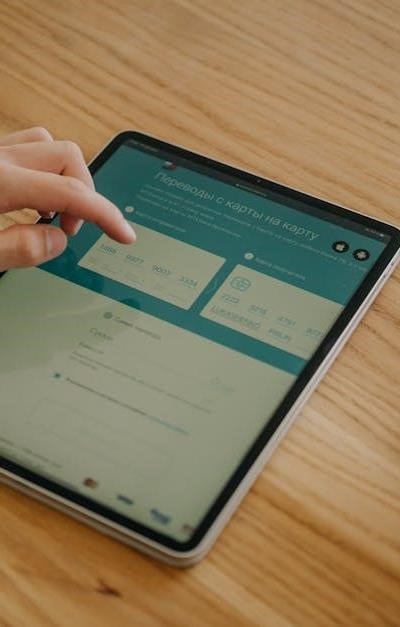
In today’s digital landscape, online fraud is a significant concern for consumers. While Verified by Visa (VBV) adds an extra layer of security to online payments, many individuals still utilize non-VBV cards. This article provides crucial advice on fraud prevention and maintaining financial safety when using a credit card that isn’t protected by VBV. Understanding the increased risks and implementing proactive measures is paramount for account protection.
Understanding the Risks
Non-VBV cards lack that additional cardholder verification step during online transactions. This means that if a fraudster obtains your card details, they have a higher chance of making unauthorized transactions. The absence of this verification increases your vulnerability to various types of credit card fraud, including:
- Phishing Scams: Deceptive emails or websites designed to steal your card information.
- Skimming: Illegally copying your card details from a physical card reader.
- Data Breaches: Compromised databases containing your card information from merchants you’ve previously used.
These incidents can lead to identity theft and the frustrating process of dealing with a chargeback – a dispute filed with your bank to recover funds from fraudulent purchases.
Proactive Fraud Prevention Measures
While a non-VBV card presents a higher risk, you can significantly enhance your payment security with these steps:
1. Monitor Your Accounts Regularly
Check your credit card statements frequently – don’t wait for the monthly bill. Most banks offer online access and mobile alerts for transactions. Report any unauthorized transactions immediately.
2. Shop from Secure Websites
Look for “https://” in the website address and a padlock icon in your browser. This indicates a secure checkout process and encrypted data transmission. Be wary of websites with poor design or grammatical errors.
3. Strong Passwords & Unique Credentials
Use strong, unique passwords for all your online accounts. Avoid using the same password across multiple sites. Consider a password manager to help you generate and store complex passwords.
4. Be Wary of Suspicious Emails & Links
Never click on links or open attachments in suspicious emails. Legitimate companies will not ask for your credit card details via email. Be especially cautious of phishing scams.
5. Limit Card Usage for Online Purchases
Consider using a separate credit card specifically for online shopping. This limits the potential damage if that card is compromised. Alternatively, explore using prepaid cards for online transactions.
6. Enable Transaction Alerts
Most banks allow you to set up real-time transaction alerts via SMS or email. This allows you to quickly identify and report any suspicious activity.
What to Do If You Suspect Fraud
If you believe your card has been compromised, take these immediate steps:
- Contact Your Bank: Report the fraud immediately. They will likely cancel your card and issue a new one.
- File a Police Report: This can be helpful for documentation and potential investigation.
- File a Chargeback: Dispute the fraudulent charges with your bank.
- Monitor Your Credit Report: Check your credit report for any signs of identity theft.
Risk Mitigation & Consumer Protection
Risk mitigation is key. While banks offer consumer protection, it’s your responsibility to be vigilant. Understanding your rights and taking proactive steps to protect your information is crucial. Prioritize digital security and remember that prevention is always better than cure. Focus on secure online shopping practices and be aware of the potential for data breaches.
By following these guidelines, you can significantly reduce your risk of credit card fraud and enjoy a safer online experience, even with a non-VBV card.




This is a really important and practical guide! As someone who occasionally uses older cards, I hadn